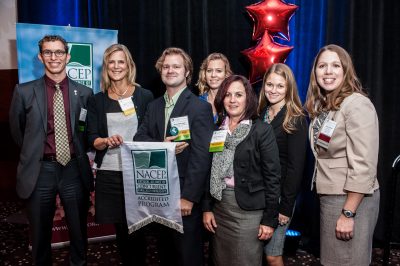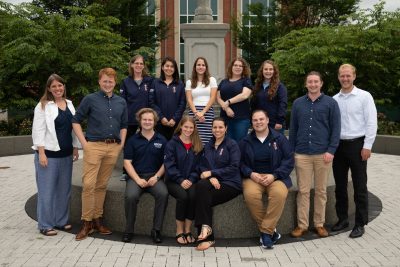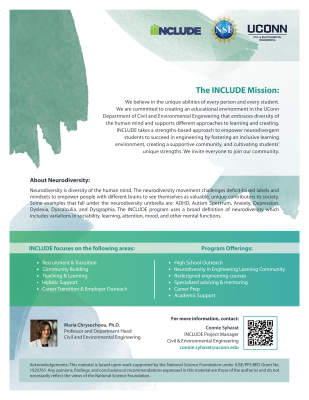
Concurrent Enrollment Review (CER) – co-founded by Boise State University, Syracuse University, and UConn ECE – will be launching its first call for papers this summer and is looking for all professionals in this space to consider submitting. The journal seeks to explore the identity, impact, and application of dual/concurrent enrollment. The broad audience of the CER includes, but is not limited to, dual/concurrent enrollment practitioners, researchers in all disciplinary areas, policy specialists, secondary and post-secondary education decision-makers, community leaders and organizers, and civil administrators. UConn ECE will share the call for papers with our community upon release. https://surface.syr.edu/cer/
Welcome to 168 newly certified UConn ECE Instructors. This number includes brand new UConn ECE Instructors as well as veteran instructors who are adding an additional certification. Seven of the newly certified instructors for the 2022-2023 school year became certified in more than one discipline. All new instructors attended our virtual New Instructor Orientation on May 25th and met with their discipline specific Faculty Coordinators. ENGL 1007 and EDCI 1100 topped the list with a tie for the most newly certified instructors!
Events
English Summer Institute was held in-person June 28-29 at UConn’s Hartford campus. UConn’s ECE English department is working to “rematerialize,” after a long period in a virtual space, and ease the transition for Instructors from ENGL 1010 & ENGL 1011 to ENGL 1007. This year, ENGL 1004 instructors are also  trying to understand the ways that 1004 leads to and supports 1007. The two-day seminar & workshop engaged ECE English Instructors in current scholarship and practices in composition studies and provided a supportive, collaborative environment for experiments with classroom application. They invented, explored, and tweaked course materials in a spirit of shared inquiry and discussion.
trying to understand the ways that 1004 leads to and supports 1007. The two-day seminar & workshop engaged ECE English Instructors in current scholarship and practices in composition studies and provided a supportive, collaborative environment for experiments with classroom application. They invented, explored, and tweaked course materials in a spirit of shared inquiry and discussion.
UConn ECE was a proud sponsor of UConn’s 13th Annual Writing Center Conference for Secondary Schools on March 25th Schools from around the state attracted teachers and students to share strategies for starting and sustaining peer writing centers, specifically bouncing back to in person experiences after the shutdown due to the Covid-19 pandemic.
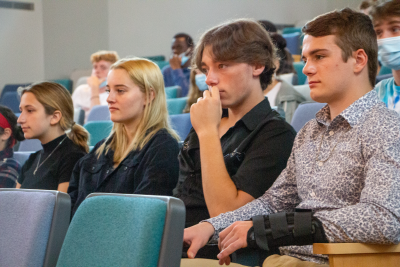 Marine Science Symposium on June 2nd. Claudia Koerting, UConn ECE Faculty Coordinator for Marine Sciences successfully organized another Marine Science Symposium on June 2nd at the Avery Point Campus for UConn ECE students enrolled in MARN1003: Introduction to Oceanography with Laboratory or MARN 1001E: The Sea Around Us. This year, student participants included those from Marine Sciences Magnet High School, Ledyard High School, Coginchaug Regional High School, Fishers Island School, and Plainfield High School.
Marine Science Symposium on June 2nd. Claudia Koerting, UConn ECE Faculty Coordinator for Marine Sciences successfully organized another Marine Science Symposium on June 2nd at the Avery Point Campus for UConn ECE students enrolled in MARN1003: Introduction to Oceanography with Laboratory or MARN 1001E: The Sea Around Us. This year, student participants included those from Marine Sciences Magnet High School, Ledyard High School, Coginchaug Regional High School, Fishers Island School, and Plainfield High School.
2021 - 2022 Workshops. The 2021-22 school year saw an impressive 44 professional development workshops, with 11 of the workshops (212 instructors participated) in May alone! Virtual events allowed us to host workshops in December through early March which traditionally we would be hesitant to schedule in person due to weather threats.
Chemistry Day. On Thursday, April 21st, UConn ECE Students from New Britain High School, Berlin High School, and Orville H. Platt High School came to the Storrs campus for Chemistry Day. Drs. Alfredo Angeles, Jie He and Gael Ung hosted activities on how chemists are trying to reduce the impact of the high levels of CO2 in our atmosphere. Special shout out to UConn ECE Chemistry Faculty Coordinator Dr. Fatma Selampinar for organizing this wonderful event.
Alumni
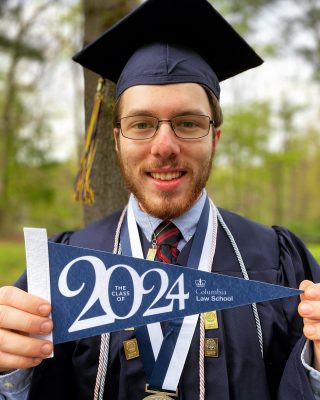 Dylan Gaffney, New Fairfield High School In 2021, I graduated summa cum laude from UConn with dual degrees in Political Science and History. I was a three-time Babbidge Scholar, an Honors Scholar, and a member of Phi Beta Kappa. I am currently a 1L at Columbia Law School, where I am pursuing my JD. My ECE experience as a senior in high school was a major asset in accomplishing these goals, as it provided me a crucial head start in developing college level academic skills, such as scholarly research and writing.
Dylan Gaffney, New Fairfield High School In 2021, I graduated summa cum laude from UConn with dual degrees in Political Science and History. I was a three-time Babbidge Scholar, an Honors Scholar, and a member of Phi Beta Kappa. I am currently a 1L at Columbia Law School, where I am pursuing my JD. My ECE experience as a senior in high school was a major asset in accomplishing these goals, as it provided me a crucial head start in developing college level academic skills, such as scholarly research and writing.
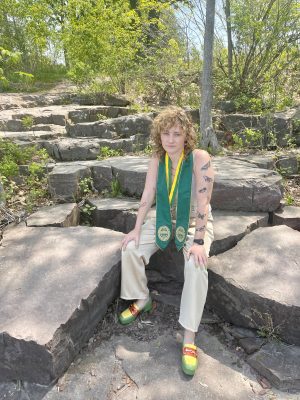
Skylar Pearse, Marine Science Magnet High School of Southeastern Connecticut I recently graduated from UVM with a Neuroscience Major and an Anthropology minor. My UConn ECE courses helped me stay well rounded while being at a marine science high school. I feel as though my high school was too science focused and made me feel science was the only option. However, the ECE courses I took were some of the only humanities classes I was able to take in high school. This pushed me to be a more well-rounded person in college and I ended up minoring in Anthropology. I ended up with a 3.8 GPA and I received honors from UVM when I graduated. In my senior year, I published a thesis on perinatal antidepressant usage which won the judged portion the UVM Student Research Conference. The first research paper we had to write for one of the ECE courses was ever present in the back of my mind while I was writing my thesis. I also volunteered as a psychology TA at the local woman’s prison. I was able to do all of this because my ECE courses prepared me for some of the more rigorous college courses I would have to endure.
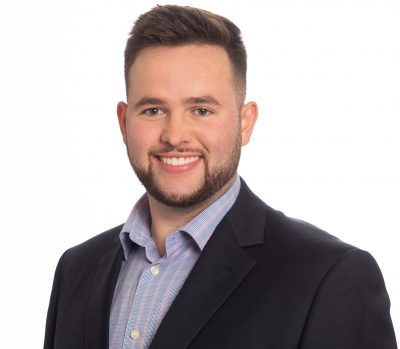
Ryan Palzere, Bristol Eastern High School The UConn ECE courses that I had the opportunity to take in high school better prepared me for the courses I took during my time in UConn’s School of Engineering. In my experience, the ECE courses I took in high school translated nicely into my studies in college. While this “preview” of the caliber of college level classes was challenging at times, it ultimately better prepared me for my time at UConn, allowing me to begin developing my planning and time management skills. I wouldn’t be where I am today had it not been for Mr. Kelly’s Calculus ECE course nor Dr. Bittel’s Physics ECE course. I am incredibly grateful for the opportunity to have taken those courses, and I encourage any student thinking about enrolling in them to do so.
Instructors
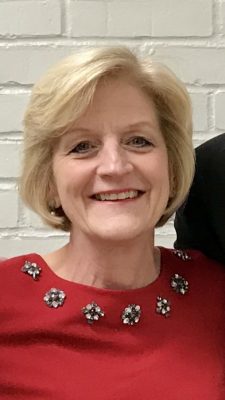
Leslie Imse (MUSI 1011 and MUSI 1012) is the K-12 Music Department Chair for the Farmington Public Schools in Farmington, Connecticut. Under her leadership the Farmington music department has been recognized with numerous performance and education awards. Most notably the town of Farmington was named one of the Best Communities for Music Education and won the CT Arts Administrators Association’s News to Know continued from page 11 continued on page 13 EARLY COLLEGE EXPERIENCE MAGAZINE 13 Excellence in Arts Education Award for their outstanding K-12 music program. This year, Leslie was celebrated by the Connecticut Music Educators Association and awarded as the CT Arts Administrator of the Year.
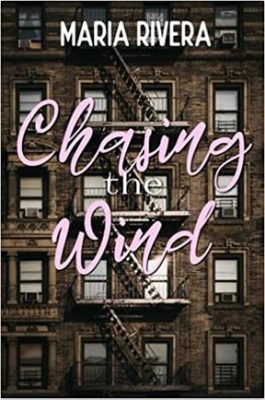
Maria Rivera (ENGL 1011), Information Technology and Software Engineering High School at the Fairchild Wheeler Campus, published a fiction book last year (Chasing the Wind) and its sequel, Chasing Shadows, released this May!
Katie Boland (POLS 1202, POLS 1402, and POLS 1602), from Trumbull High School has been awarded the prestigious 2022 Teacher of the Year Award from the American Lawyers Alliance (ALA). She was selected for the award from a competitive group of nominees from across the country. The ALA is a national organization affiliated with the American Bar Association, whose aim is to promote civic- and law-related education.
Faculty Coordinators
Congratulations on the following promotions!
Eric Rice, Music (Promotion to Professor), UConn ECE Faculty Coordinator for Music
Thomas Abbott, Molecular and Cell Biology (Promotion to Associate Professor In-Residence), UConn ECE Faculty Coordinator for Biological Sciences
Jason Courtmanche, English (Promotion to Associate Professor In-Residence), UConn ECE Assistant Faculty Coordinator for English
Natalia Smirnova, Economics (Promotion to Associate Professor In-Residence), UConn ECE Faculty Coordinator for Economics
What an honor!
Alexia Smith, UConn ECE Faculty Coordinator for Anthropology, was recognized as the Honors Faculty Member of the Year Award recipient during the 2022 Honors Medals Ceremony, held on April 30th in Jorgenson Auditorium.
Natalia Smirnova, UConn ECE Faculty Coordinator for Economics, was recognized for the 2022 Broader Impacts, Service, and Visibility Award for the College of Liberal Arts and Sciences Faculty and Staff Awards, where she showcased her work with UConn ECE.
Jason Courtmanche, UConn ECE Assistant Faculty Coordinator for English, was recognized for outstanding undergraduate teaching by the UConn Foundation and the Office of the Provost with the 2022 Alumni Faculty Excellence Award
In Rememberece
It is with great sadness that we share that Laurietz Seda, former UConn ECE Faculty Coordinator for Spanish, passed away in December 2021. We appreciate her support of UConn Spanish courses to high schools throughout the state. The College of Liberal Arts and Sciences/ Literatures, Cultures, and Languages will hold a memorial for Dr. Seda on September 15, 2022.
Retirements
Sheila Lafferty, UConn ECE Library Media Specialist Coordinator. Shelia has been with UConn for 37-years, and the LMS for UConn ECE since 2016. She was instrumental in creating a library resources web page specifically for UConn ECE Students and facilitated annual training for high school LMSs. Sheila plans to visit with family and become more involved with historical genealogical societies in retirement.
 Kenneth Gouwens, UConn ECE Faculty Coordinator for History 1400, arrived at UConn in 1998, and served four years as coordinator for both HIST 1300 and HIST 1400. He took leave from the position when he went abroad for a year on a fellowship, but resumed the position as Faculty Coordinator for HIST 1400 again in 2016. It’s hard for Dr. Gouwens to pick a single memory most dear to his heart. He states, “This has been the most meaningful “service” I’ve done in my career, and I found it both edifying and fun to work both with Brian Boecherer as my supervisor and with the teachers. The one thing that stands out, and of which I’m proudest, is that with strong support from Brian, I was able to assemble a team of four outstanding teachers to help me design and edit a new proprietary course reader, a substantial project which we completed in January. I’m really proud of the product and of my collaborators, Mark Peters, Trina Bowman, Jen Dufault, and Martin Glasser.” The UConn ECE HIST 1400 200-page reader, exclusively for ECE-certified history instructors, is now posted on the HIST 1400 HuskyCT site! Dr. Gouwens and his wife have retired to Ft. Lauderdale, which they love. He explained that his retirement so far includes, “While we have lots of travel plans now that the pandemic has let up (Machu Picchu just a month from now, for example), I am continuing with my scholarship: in February I sent off the final version of another Latin edition and English translation of a work by Paolo Giovio (a Renaissance humanist), submitted an article to an Italian journal in March, and just now am completing another article for a different Italian journal. After that I’ll return to work on my book project, which concerns how Renaissance intellectuals used descriptions of monkeys to talk about human nature, and vice-versa. Now of course I can work at my own pace!”
Kenneth Gouwens, UConn ECE Faculty Coordinator for History 1400, arrived at UConn in 1998, and served four years as coordinator for both HIST 1300 and HIST 1400. He took leave from the position when he went abroad for a year on a fellowship, but resumed the position as Faculty Coordinator for HIST 1400 again in 2016. It’s hard for Dr. Gouwens to pick a single memory most dear to his heart. He states, “This has been the most meaningful “service” I’ve done in my career, and I found it both edifying and fun to work both with Brian Boecherer as my supervisor and with the teachers. The one thing that stands out, and of which I’m proudest, is that with strong support from Brian, I was able to assemble a team of four outstanding teachers to help me design and edit a new proprietary course reader, a substantial project which we completed in January. I’m really proud of the product and of my collaborators, Mark Peters, Trina Bowman, Jen Dufault, and Martin Glasser.” The UConn ECE HIST 1400 200-page reader, exclusively for ECE-certified history instructors, is now posted on the HIST 1400 HuskyCT site! Dr. Gouwens and his wife have retired to Ft. Lauderdale, which they love. He explained that his retirement so far includes, “While we have lots of travel plans now that the pandemic has let up (Machu Picchu just a month from now, for example), I am continuing with my scholarship: in February I sent off the final version of another Latin edition and English translation of a work by Paolo Giovio (a Renaissance humanist), submitted an article to an Italian journal in March, and just now am completing another article for a different Italian journal. After that I’ll return to work on my book project, which concerns how Renaissance intellectuals used descriptions of monkeys to talk about human nature, and vice-versa. Now of course I can work at my own pace!”
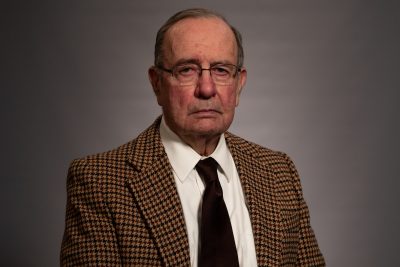 Frederick Turner, UConn ECE Faculty Coordinator for Political Science, had retired from his department back in 1997, spent some time at the Universidad de San Andres outside Buenos Aires, Argentina, and then held a second career teaching at Hartford’s Bulkele High School from 2003 until 2016. Dr. Turner graciously acted as the UConn ECE Political Science Faculty Coordinator from 2004 through the end of the 2021-2022 school year. Dr. Turner’s fondest memory as Faculty Coordinator is New York Times’ Jamelle Bouie’s visit for the 2022 UConn ECE Political Science Professional Development Workshop. A long-time admirer of his writing, Dr. Turner shares, “[I] learned that both his parents were in the Navy, so he grew up in Virginia Beach, and that his most cherished academic memory is of a seminar at the University of Virginia where the professor had students read Edmund Burke and Thomas Paine and then debate the French Revolution as though they were observing it then. Bouie said that he thinks back to that seminar all the time. I saw Bouie give a lecture to a large audience on Thursday night
Frederick Turner, UConn ECE Faculty Coordinator for Political Science, had retired from his department back in 1997, spent some time at the Universidad de San Andres outside Buenos Aires, Argentina, and then held a second career teaching at Hartford’s Bulkele High School from 2003 until 2016. Dr. Turner graciously acted as the UConn ECE Political Science Faculty Coordinator from 2004 through the end of the 2021-2022 school year. Dr. Turner’s fondest memory as Faculty Coordinator is New York Times’ Jamelle Bouie’s visit for the 2022 UConn ECE Political Science Professional Development Workshop. A long-time admirer of his writing, Dr. Turner shares, “[I] learned that both his parents were in the Navy, so he grew up in Virginia Beach, and that his most cherished academic memory is of a seminar at the University of Virginia where the professor had students read Edmund Burke and Thomas Paine and then debate the French Revolution as though they were observing it then. Bouie said that he thinks back to that seminar all the time. I saw Bouie give a lecture to a large audience on Thursday night
and then interact with our ECE instructors for hours on Friday. Being able to encourage his visit felt really good.”
As for the future, Dr. Turner plans to garden in Storrs and in Ocean Park, Maine, to travel with his wife Leslie, and to read extensively. “In Ocean Park we have flowers and ajuga to cultivate, for the tenants as well as for ourselves, and in Storrs we are expanding our vegetable and herb gardens. Here we grow rhubarb for pies and sauce (with Dairy Bar ice cream), tomatoes, and many herbs. We love to cook for each other, and now we have more time to do this and to try new recipes. We read the New York Times over tea and coffee in the morning and the Washington Post online during the day. My sister is 93 and mentally sharp, so I hope to keep my wits for many years.”


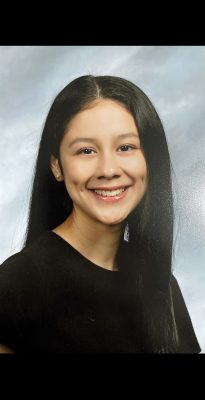
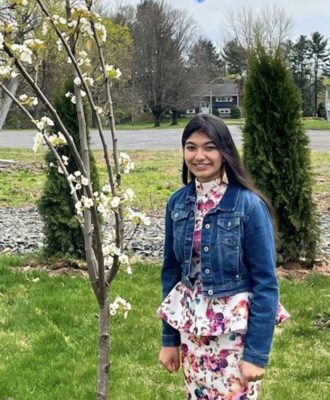
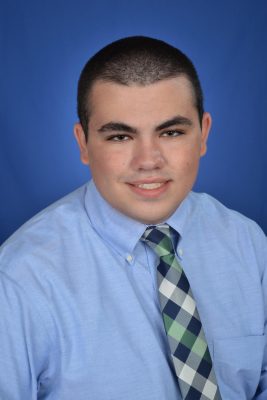
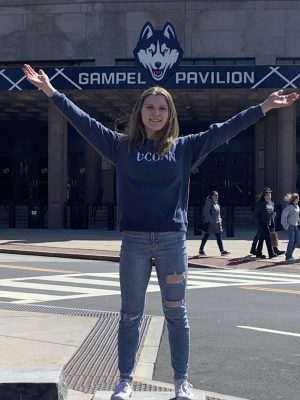
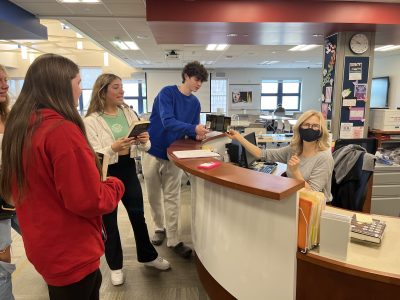
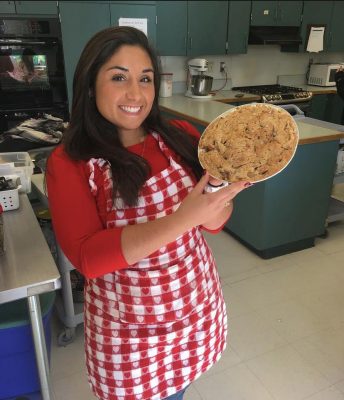
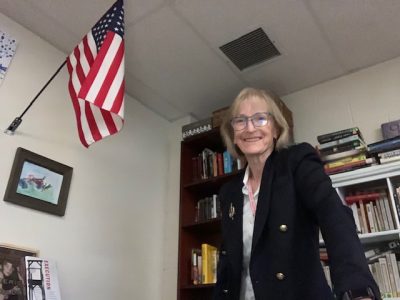

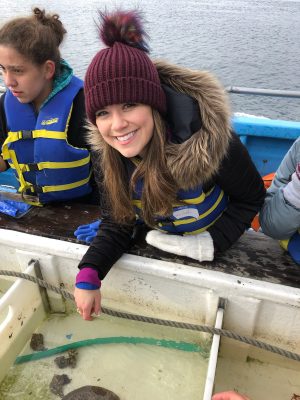
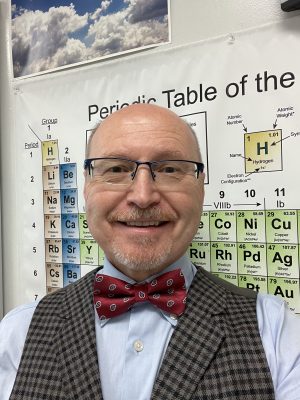
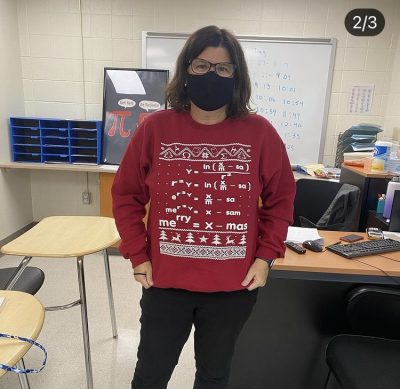
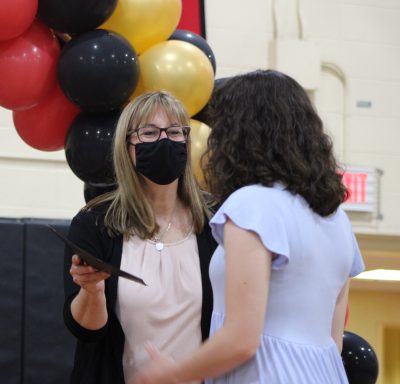
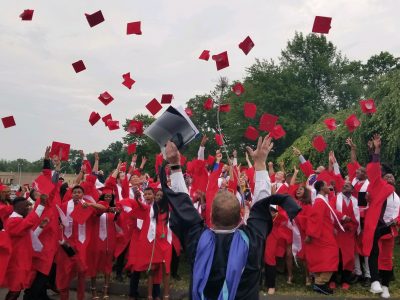
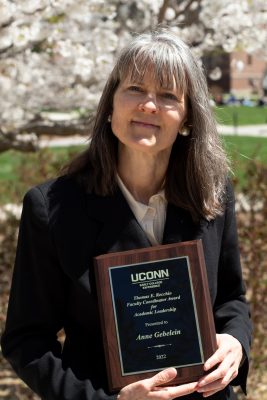
 trying to understand the ways that 1004 leads to and supports 1007. The two-day seminar & workshop engaged ECE English Instructors in current scholarship and practices in composition studies and provided a supportive, collaborative environment for experiments with classroom application. They invented, explored, and tweaked course materials in a spirit of shared inquiry and discussion.
trying to understand the ways that 1004 leads to and supports 1007. The two-day seminar & workshop engaged ECE English Instructors in current scholarship and practices in composition studies and provided a supportive, collaborative environment for experiments with classroom application. They invented, explored, and tweaked course materials in a spirit of shared inquiry and discussion. Marine Science Symposium
Marine Science Symposium  Dylan Gaffney, New Fairfield High School In 2021, I graduated summa cum laude from UConn with dual degrees in Political Science and History. I was a three-time Babbidge Scholar, an Honors Scholar, and a member of Phi Beta Kappa. I am currently a 1L at Columbia Law School, where I am pursuing my JD. My ECE experience as a senior in high school was a major asset in accomplishing these goals, as it provided me a crucial head start in developing college level academic skills, such as scholarly research and writing.
Dylan Gaffney, New Fairfield High School In 2021, I graduated summa cum laude from UConn with dual degrees in Political Science and History. I was a three-time Babbidge Scholar, an Honors Scholar, and a member of Phi Beta Kappa. I am currently a 1L at Columbia Law School, where I am pursuing my JD. My ECE experience as a senior in high school was a major asset in accomplishing these goals, as it provided me a crucial head start in developing college level academic skills, such as scholarly research and writing.



 Kenneth Gouwens, UConn ECE Faculty Coordinator for History 1400, arrived at UConn in 1998, and served four years as coordinator for both HIST 1300 and HIST 1400. He took leave from the position when he went abroad for a year on a fellowship, but resumed the position as Faculty Coordinator for HIST 1400 again in 2016. It’s hard for Dr. Gouwens to pick a single memory most dear to his heart. He states, “This has been the most meaningful “service” I’ve done in my career, and I found it both edifying and fun to work both with Brian Boecherer as my supervisor and with the teachers. The one thing that stands out, and of which I’m proudest, is that with strong support from Brian, I was able to assemble a team of four outstanding teachers to help me design and edit a new proprietary course reader, a substantial project which we completed in January. I’m really proud of the product and of my collaborators, Mark Peters, Trina Bowman, Jen Dufault, and Martin Glasser.” The UConn ECE HIST 1400 200-page reader, exclusively for ECE-certified history instructors, is now posted on the HIST 1400 HuskyCT site! Dr. Gouwens and his wife have retired to Ft. Lauderdale, which they love. He explained that his retirement so far includes, “While we have lots of travel plans now that the pandemic has let up (Machu Picchu just a month from now, for example), I am continuing with my scholarship: in February I sent off the final version of another Latin edition and English translation of a work by Paolo Giovio (a Renaissance humanist), submitted an article to an Italian journal in March, and just now am completing another article for a different Italian journal. After that I’ll return to work on my book project, which concerns how Renaissance intellectuals used descriptions of monkeys to talk about human nature, and vice-versa. Now of course I can work at my own pace!”
Kenneth Gouwens, UConn ECE Faculty Coordinator for History 1400, arrived at UConn in 1998, and served four years as coordinator for both HIST 1300 and HIST 1400. He took leave from the position when he went abroad for a year on a fellowship, but resumed the position as Faculty Coordinator for HIST 1400 again in 2016. It’s hard for Dr. Gouwens to pick a single memory most dear to his heart. He states, “This has been the most meaningful “service” I’ve done in my career, and I found it both edifying and fun to work both with Brian Boecherer as my supervisor and with the teachers. The one thing that stands out, and of which I’m proudest, is that with strong support from Brian, I was able to assemble a team of four outstanding teachers to help me design and edit a new proprietary course reader, a substantial project which we completed in January. I’m really proud of the product and of my collaborators, Mark Peters, Trina Bowman, Jen Dufault, and Martin Glasser.” The UConn ECE HIST 1400 200-page reader, exclusively for ECE-certified history instructors, is now posted on the HIST 1400 HuskyCT site! Dr. Gouwens and his wife have retired to Ft. Lauderdale, which they love. He explained that his retirement so far includes, “While we have lots of travel plans now that the pandemic has let up (Machu Picchu just a month from now, for example), I am continuing with my scholarship: in February I sent off the final version of another Latin edition and English translation of a work by Paolo Giovio (a Renaissance humanist), submitted an article to an Italian journal in March, and just now am completing another article for a different Italian journal. After that I’ll return to work on my book project, which concerns how Renaissance intellectuals used descriptions of monkeys to talk about human nature, and vice-versa. Now of course I can work at my own pace!” Frederick Turner, UConn ECE Faculty Coordinator for Political Science, had retired from his department back in 1997, spent some time at the Universidad de San Andres outside Buenos Aires, Argentina, and then held a second career teaching at Hartford’s Bulkele High School from 2003 until 2016. Dr. Turner graciously acted as the UConn ECE Political Science Faculty Coordinator from 2004 through the end of the 2021-2022 school year. Dr. Turner’s fondest memory as Faculty Coordinator is New York Times’ Jamelle Bouie’s visit for the 2022 UConn ECE Political Science Professional Development Workshop. A long-time admirer of his writing, Dr. Turner shares, “[I] learned that both his parents were in the Navy, so he grew up in Virginia Beach, and that his most cherished academic memory is of a seminar at the University of Virginia where the professor had students read Edmund Burke and Thomas Paine and then debate the French Revolution as though they were observing it then. Bouie said that he thinks back to that seminar all the time. I saw Bouie give a lecture to a large audience on Thursday night
Frederick Turner, UConn ECE Faculty Coordinator for Political Science, had retired from his department back in 1997, spent some time at the Universidad de San Andres outside Buenos Aires, Argentina, and then held a second career teaching at Hartford’s Bulkele High School from 2003 until 2016. Dr. Turner graciously acted as the UConn ECE Political Science Faculty Coordinator from 2004 through the end of the 2021-2022 school year. Dr. Turner’s fondest memory as Faculty Coordinator is New York Times’ Jamelle Bouie’s visit for the 2022 UConn ECE Political Science Professional Development Workshop. A long-time admirer of his writing, Dr. Turner shares, “[I] learned that both his parents were in the Navy, so he grew up in Virginia Beach, and that his most cherished academic memory is of a seminar at the University of Virginia where the professor had students read Edmund Burke and Thomas Paine and then debate the French Revolution as though they were observing it then. Bouie said that he thinks back to that seminar all the time. I saw Bouie give a lecture to a large audience on Thursday night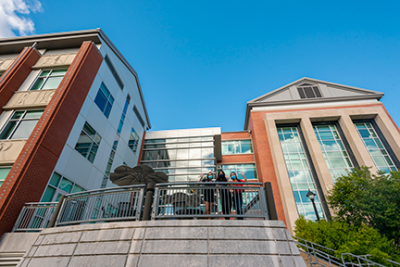
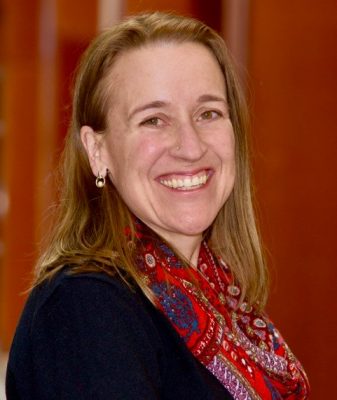
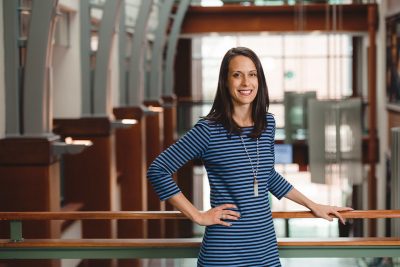
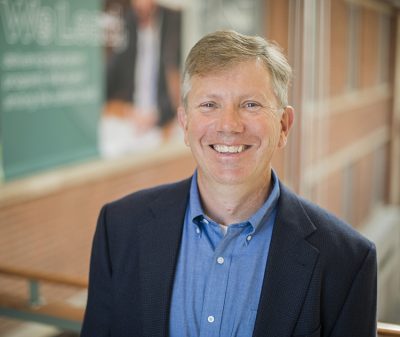
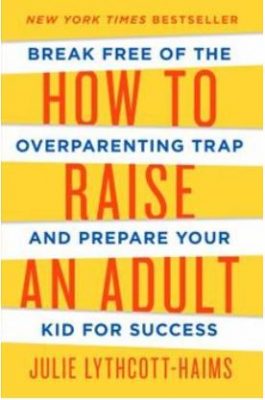 I would love to include the title of each of her chapters, as each speaks volumes on its own, but here are just a few, from Part 3: Another Way, for thought:
I would love to include the title of each of her chapters, as each speaks volumes on its own, but here are just a few, from Part 3: Another Way, for thought: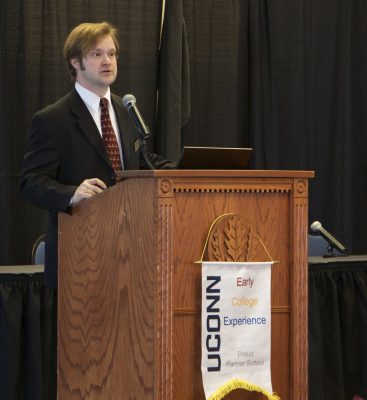 In the fall of 1999, Brian matriculated to UConn to study German and International Relations of Russian and Eastern Europe with nine UConn credits under his belt. It didn’t take long for Brian to seek employment at UConn, and was hired as a student worker for the High School Co-operative Program for Superior Students, under the leadership of Michael Menard. After a period of neglect, lack of leadership and funding, the program was in a period of revitalization and needed institutional support. With only one and a half professional support staff for the Co-op program, Menard relied heavily on Brian’s work ethic and interpersonal skills and tasked him with professional staff responsibilities as a freshman. Brian took great pride in his role in the office. He studied Menard’s leadership style closely with emphasis on student, faculty, and instructor engagement, he was given the opportunity to act independently and make programmatic decisions, and preserved the history of the program as he saved countless primary institutional documents from the shredder.
In the fall of 1999, Brian matriculated to UConn to study German and International Relations of Russian and Eastern Europe with nine UConn credits under his belt. It didn’t take long for Brian to seek employment at UConn, and was hired as a student worker for the High School Co-operative Program for Superior Students, under the leadership of Michael Menard. After a period of neglect, lack of leadership and funding, the program was in a period of revitalization and needed institutional support. With only one and a half professional support staff for the Co-op program, Menard relied heavily on Brian’s work ethic and interpersonal skills and tasked him with professional staff responsibilities as a freshman. Brian took great pride in his role in the office. He studied Menard’s leadership style closely with emphasis on student, faculty, and instructor engagement, he was given the opportunity to act independently and make programmatic decisions, and preserved the history of the program as he saved countless primary institutional documents from the shredder.